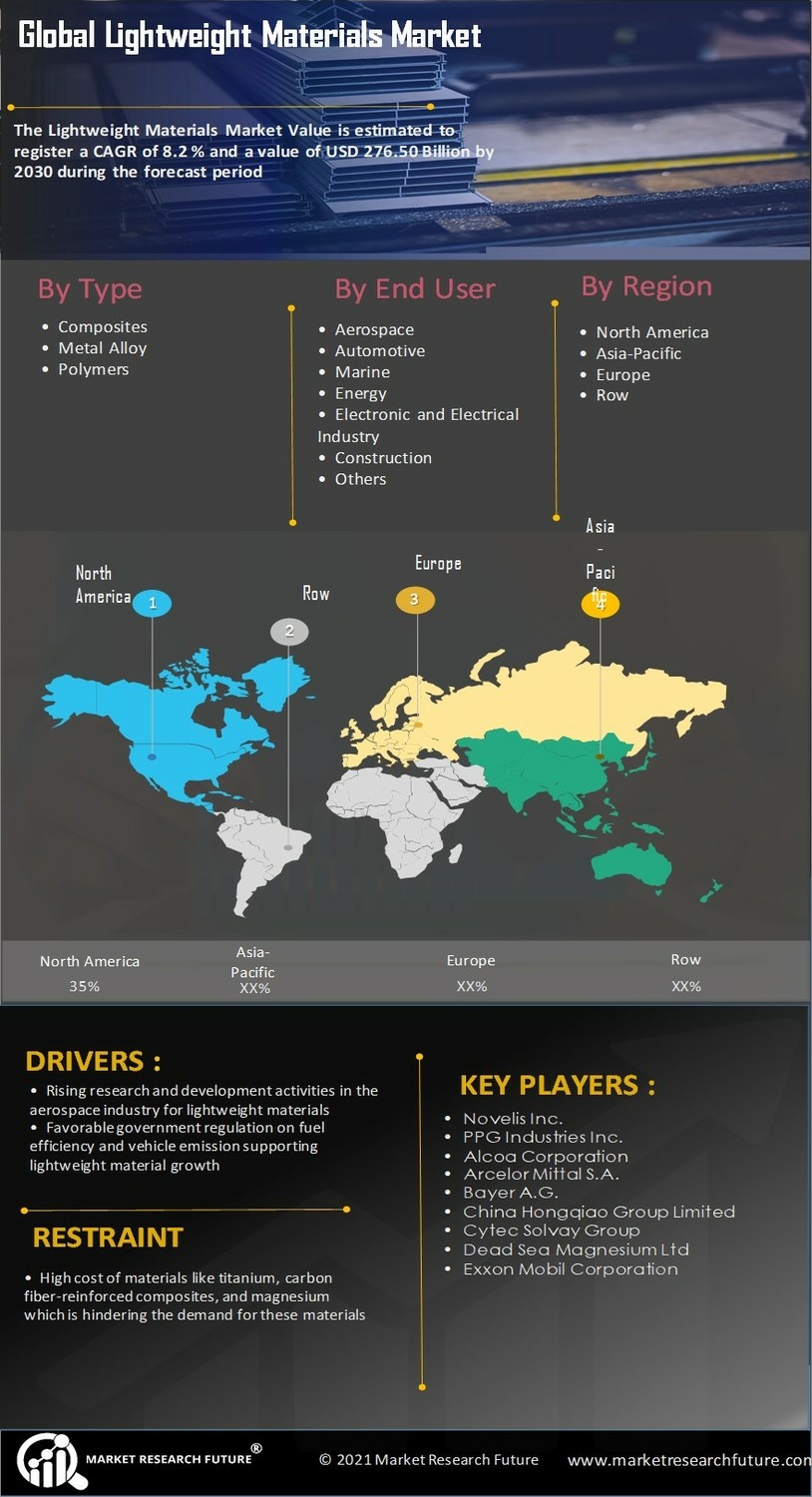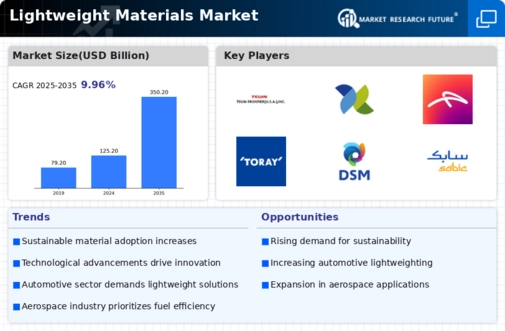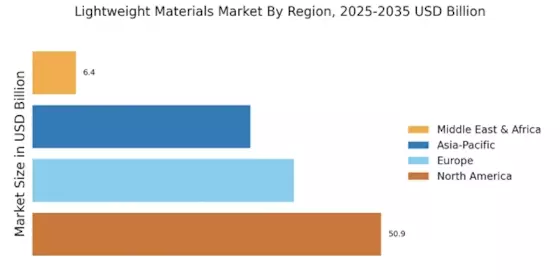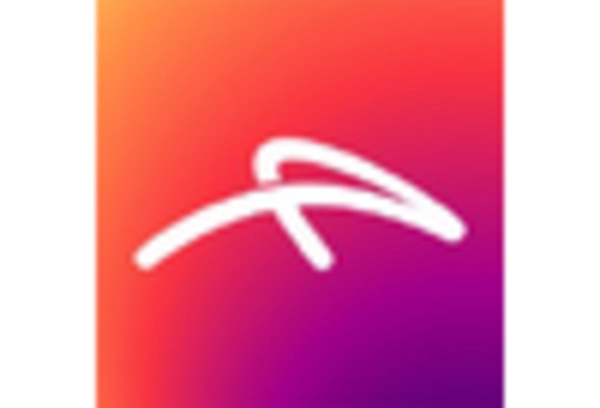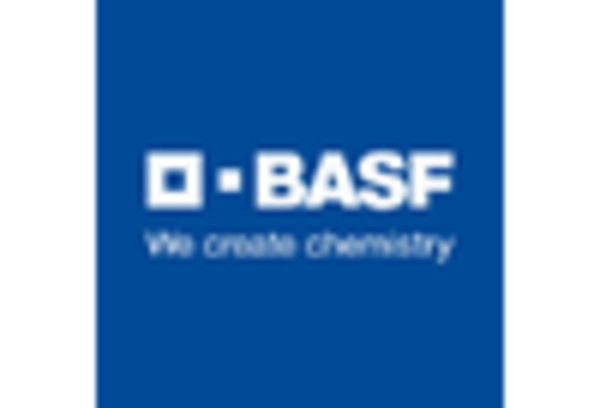Electric Vehicle Growth
The surge in electric vehicle (EV) production is a crucial driver for the Lightweight Materials Market. As manufacturers aim to enhance the range and efficiency of EVs, the demand for lightweight materials has escalated. Lightweight components, such as aluminum and high-strength steel, are essential for reducing vehicle weight, which directly impacts battery performance and overall energy consumption. The EV market is projected to witness a compound annual growth rate of over 20% in the coming years, further amplifying the need for lightweight solutions. This trend is not only limited to passenger vehicles but also extends to commercial electric vehicles, where weight reduction plays a vital role in operational efficiency. Consequently, the lightweight materials sector is poised for substantial growth, driven by the electrification of transportation.
Technological Innovations
Technological advancements are significantly influencing the Lightweight Materials Market. Innovations in material science, such as the development of advanced composites and nanomaterials, are enhancing the performance characteristics of lightweight materials. For instance, the introduction of carbon fiber reinforced polymers has revolutionized the aerospace and automotive sectors, offering superior strength-to-weight ratios. The market for these advanced materials is expected to expand, with estimates suggesting a growth rate of around 10% annually. Additionally, the integration of automation and smart manufacturing processes is streamlining production, reducing costs, and improving material properties. This technological evolution not only enhances the competitiveness of lightweight materials but also encourages their adoption across various applications, from construction to consumer goods.
Construction Sector Demand
The construction industry's growing demand for lightweight materials is emerging as a key driver for the Lightweight Materials Market. As urbanization accelerates and infrastructure projects expand, the need for efficient and sustainable building materials is paramount. Lightweight materials, such as engineered wood and lightweight concrete, are increasingly favored for their ease of handling and installation, as well as their potential to reduce transportation costs. The construction sector is expected to grow at a rate of around 4% annually, with a significant portion of this growth attributed to the adoption of lightweight solutions. This trend not only enhances construction efficiency but also aligns with sustainability goals, as lightweight materials often require less energy to produce and transport. Thus, the construction industry's evolution is likely to bolster the lightweight materials market.
Sustainability Initiatives
The increasing emphasis on sustainability appears to be a pivotal driver for the Lightweight Materials Market. As industries strive to reduce their carbon footprints, lightweight materials, such as aluminum and composites, are gaining traction due to their energy efficiency and recyclability. The lightweight materials segment is projected to grow at a compound annual growth rate of approximately 8% over the next five years, driven by the automotive and aerospace sectors. These sectors are particularly focused on reducing emissions and enhancing fuel efficiency, which lightweight materials facilitate. Furthermore, regulatory frameworks are increasingly mandating the use of sustainable materials, thereby propelling the demand for lightweight solutions. This trend indicates a shift towards environmentally friendly practices, which could redefine material selection across various industries.
Aerospace Industry Expansion
The aerospace sector's expansion is a significant catalyst for the Lightweight Materials Market. As airlines and manufacturers seek to enhance fuel efficiency and reduce operational costs, the adoption of lightweight materials has become increasingly prevalent. The aerospace industry is projected to grow at a rate of approximately 5% annually, with a notable shift towards the use of composite materials in aircraft design. These materials offer substantial weight savings, which can lead to lower fuel consumption and reduced emissions. Furthermore, the increasing demand for new aircraft, driven by rising air travel, is likely to sustain the growth of lightweight materials in this sector. This trend indicates a robust future for lightweight materials, as they become integral to meeting the evolving needs of the aerospace industry.
